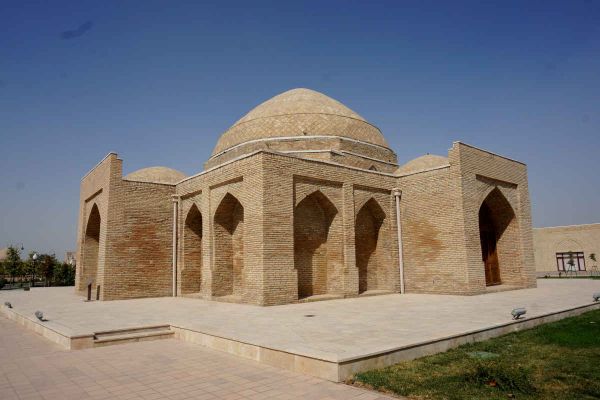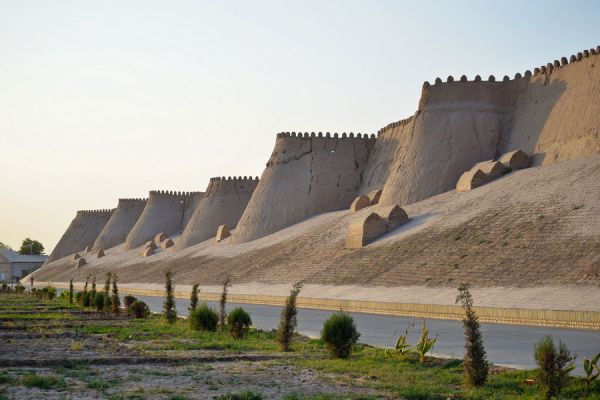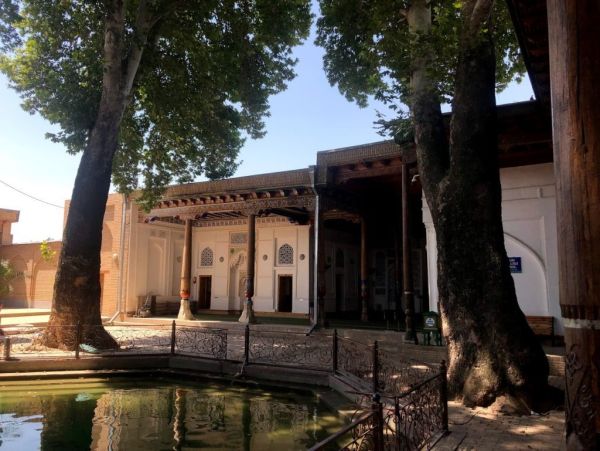Chorsu Indoor Market
Shakhrisabz is one of the oldest cities on the Great Silk Road. It is located at the crossroads of busy caravan routes that led to Samarkand, Tashkent and the Ferghana Valley, as well as through Termez to Iran and Asia Minor. However, Shakhrisabz was not only a transshipment point for imported goods. It has long been famous for the production of pottery from local red clay, and there were weaving workshops in the city where bleached muslin was made. The medieval Arab geographer Maksidi noted that "Kesh (Shakhrisabz) is fertile, early fruits are exported from it."
Commercial premises were built in such a trade and craft center as Shakhrisabz, but only one of them has survived to our time – the Chorsu indoor market, built in 1602. It is located in the center of the city at the intersection of an ancient street that originated from the southern city gate of Charymgar, called the Termez Gate under Temur, and the highway that crossed Shakhrisabz from east to west. There was a bazaar and a sauna here, which is still functioning today. There is no more suitable place for the construction of an indoor market.
Despite its external resemblance to the medieval trading domes of Bukhara and Samarkand, the Shakhrisabz Chorsu indoor market has an original layout. The market is a centric building with a diameter of 21 meters. Four portals with arched entrance openings, oriented to the cardinal directions, lead inside to the central hall. It is a fairly large square room with sloping corners. Passageways lead from it to eight small corner halls. The central hall is covered with a spherical dome on arched sails, and small corner rooms are covered with small domes. The builders did not decorate the indoor market with mosaics or majolica. However, the excellent brickwork of the shield sails in the herringbone pattern carries an aesthetic burden in addition to its functional purpose.
In each of the rooms of the Chorsu, a certain type of goods was traded – ceramic tableware, hand embroidery, for which Kashkadarya craftsmen are still famous today, imported and local fabrics, carpets and other products.

















